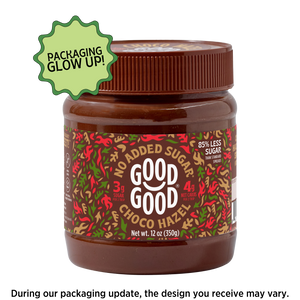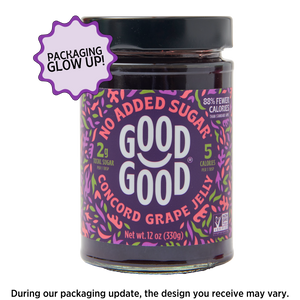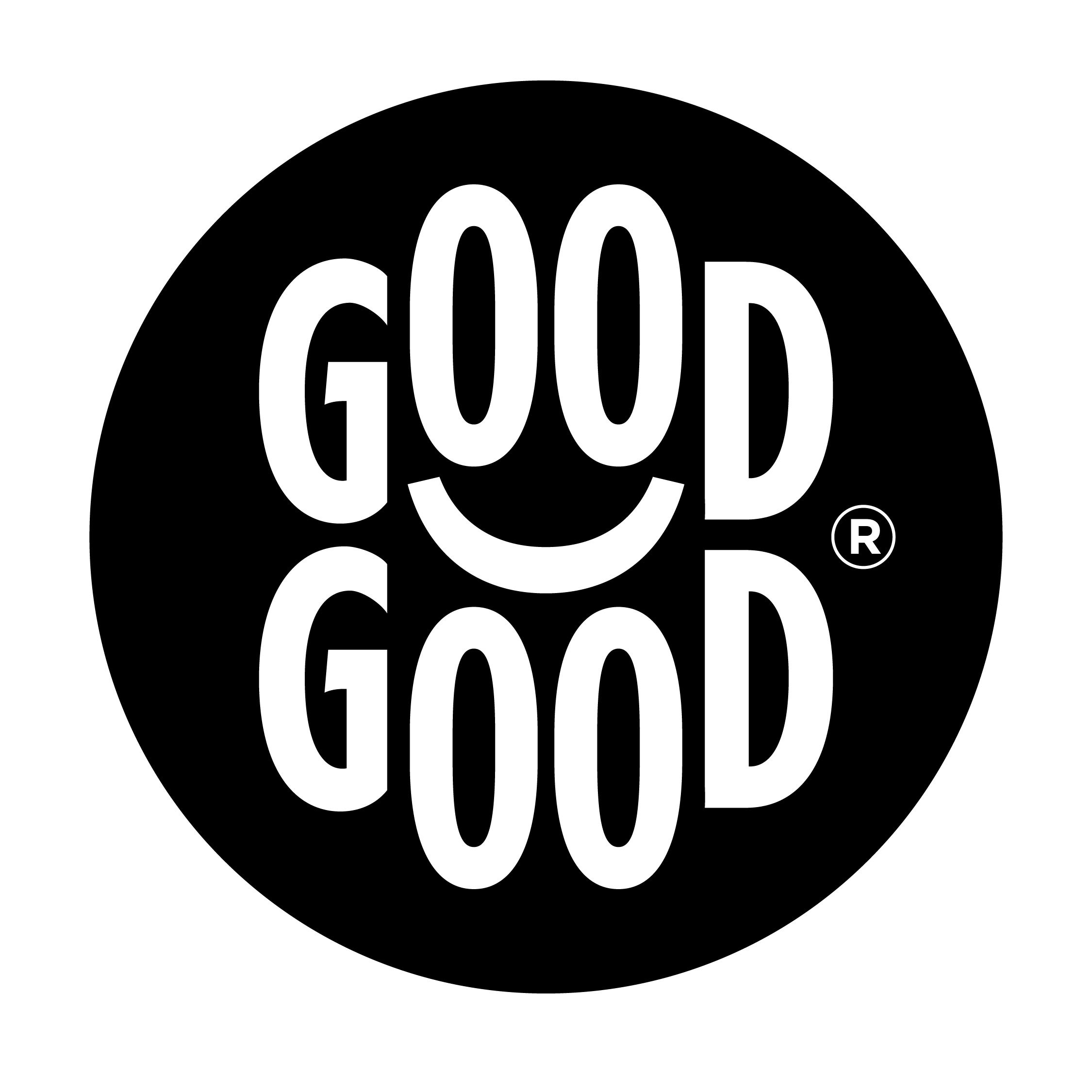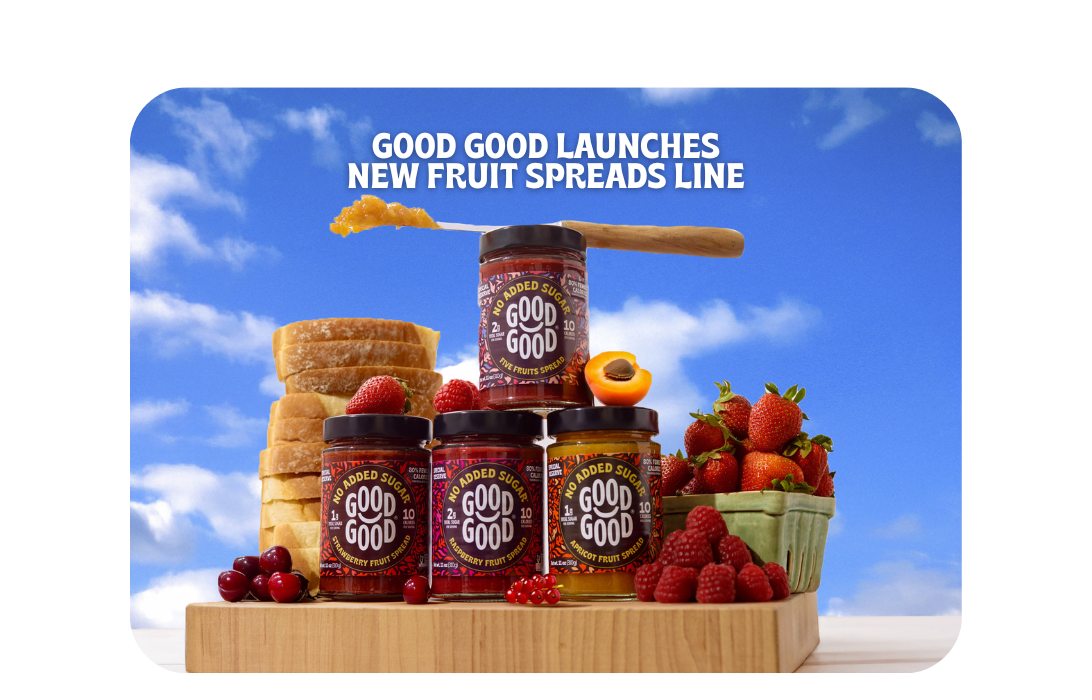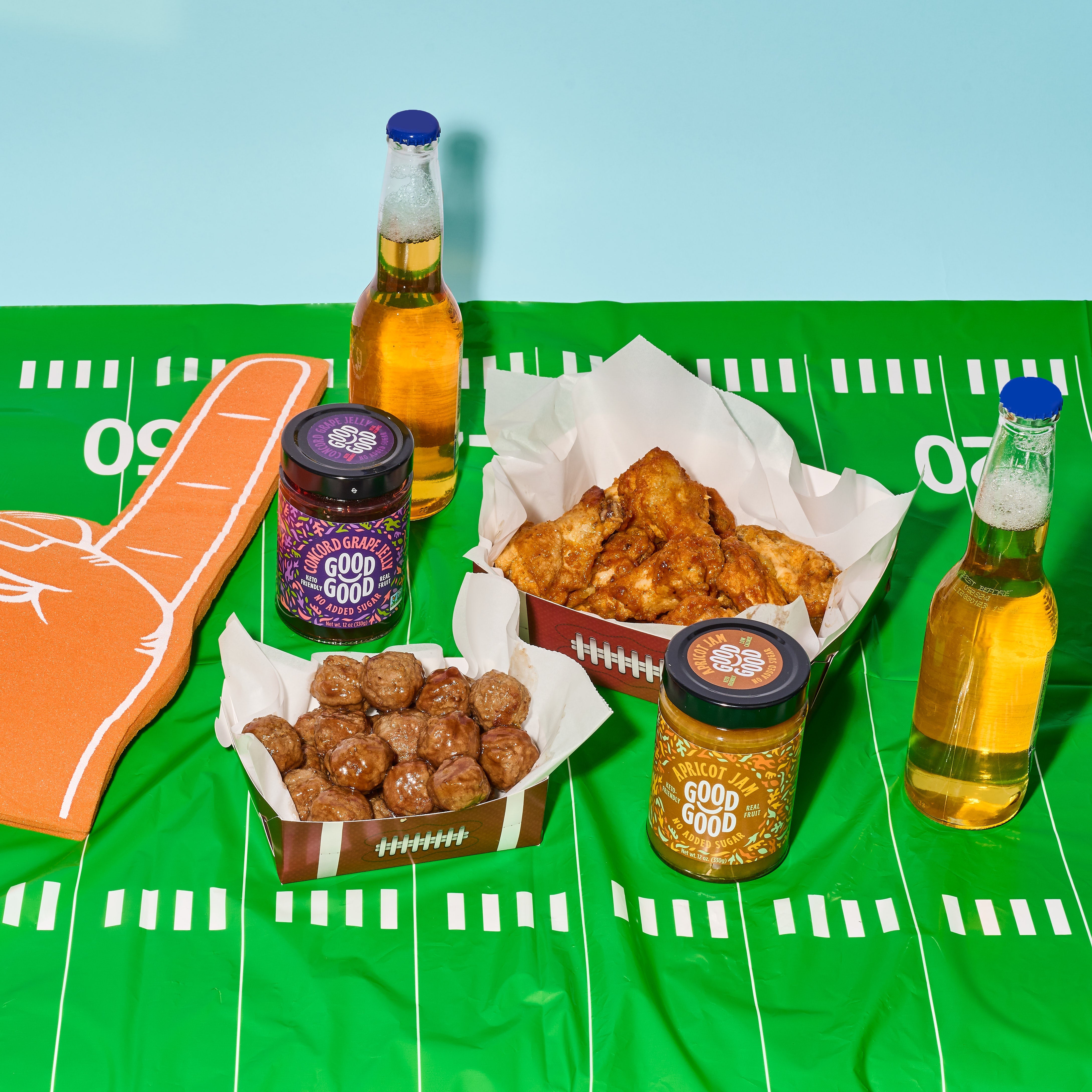Are you on a wellness journey, aiming to make healthier choices for your body and mind? It's time to unveil the hidden sugars lurking in our food. Understanding how to spot these sneaky sweeteners allows you to make informed decisions about where your sugar intake comes from.
At GOOD GOOD, we believe you should be able to consume delicious food without any hidden sweetners. That is why our products use naturally occurring sugars from fruits and other sweet sugar alternatives—what you see is what you get. Let's dive in and empower ourselves with the ins and outs of spotting hidden sugars.
What Are Foods That Contain Sugar Without You Realising
One of the biggest problems with added sugar is knowing where it is hidden. If you walk into the grocery store and look at some products, you will notice that sugar is most likely listed on every item. Keep an eye out for terms like cane juice, molasses, maltodextrin, and rice syrup, as these are all aliases for hidden sugars.
There are many foods you would assume to have naturally low sugar content as they aren’t sweet treats or even sweet to eat at all.
Here is a list of some common foods and products that contain large amounts of hidden sugar:
- Yogurt Granola Bars
- Pasta Sauces
- Salad Dressings
- Ketchup
- Bread
- Instant oatmeal
- Breakfast cereals
- Energy drinks
- Tea based beverages
- Packaged fruits
- Dried fruit
- Nut butter
Is There Nutritional Value In Sugar?
Sugars have zero nutritive value, which is the reason they provide empty calories. While the term "sugars" is used in the Nutrition Facts table and List of Ingredients, it doesn't mean the same.
However, you can teach yourself to be more aware of the signs on the ingredient labels. To find out how much hidden sugar is in your food, look at the nutrition information panel on the label, which is typically located on the back or the side of the product packaging.
How To Find Hidden Sugars
Did you know that sugar can be disguised under over 70 different names?
Understanding the various names that sugar may be referred to enables us all to make wiser decisions. To know more about these different names, you can examine the ingredients list on the back of the product packaging for added sugars.
Some major indicators that an ingredient contains added sugar are:
- It contains ‘’sugar’’ in the name, for example brown sugar, raw sugar, cane sugar, and coconut sugar (this is obvious)
- It contains ‘’syrup’’ in the name. Examples: corn syrup, rice syrup
- It contains an ‘’ose’’ at the end, examples: sucrose, dextrose, maltose
- Fruit nectars, juice concentrates, honey, agave nectar, and molasses are a few other examples of added sugar.
The key is to look closely and interpret what is being said. Remember that "added sugar" is simply something that is added on top of any sugars that might already be naturally present in the food.
What Are The Different Types Of Sugars?
There are many different types of sugar, but to keep things simple, the two key places to look on the nutritional panel when reading labels are:
- The carbohydrate content
- The sugar content.
The CDC recommends that Americans consume no more than 10% of their daily calories from added sugars. A 2,000-calorie diet, for example, should limit added sugar consumption to no more than 200 calories or about 12 teaspoons per day.
Embracing balance and joy
Sometimes, even products marketed as healthy can contain hidden sugars. Remember, it's not about pointing fingers but rather understanding the food industry's complexities. Celebrate the fact that you care about your well-being and are taking steps to be more mindful. Appreciate your intention to make better.
Understanding hidden sugars doesn't mean condemning them or feeling guilty for enjoying them. By empowering yourself with knowledge, you can navigate the landscape of hidden sugars and make informed decisions that align with your health goals.
For now, cut right back on refined sugar where you can, like in your jams, spreads, and peanut butters, and opt for alternatives that will be just as satisfying. You do not have to entirely give up added sugars, but you can keep a tab on what you are consuming by reading the labels.
Like any well-balanced lifestyle, you should eat well but also keep active and exercise regularly. Exercise will also give you some of the feel-good hormones that you also get from eating sugar.
Want to learn more about GOOD GOOD® and how we stack up against the competition? Check out our Comparison page to get started.





![[title] Reforestation Donation by Dollar Donation Club sold by US GOOD GOOD®](http://goodgoodbrand.com/cdn/shop/files/DollarDonationClubShopify_1_300x.jpg?v=1712681952)
